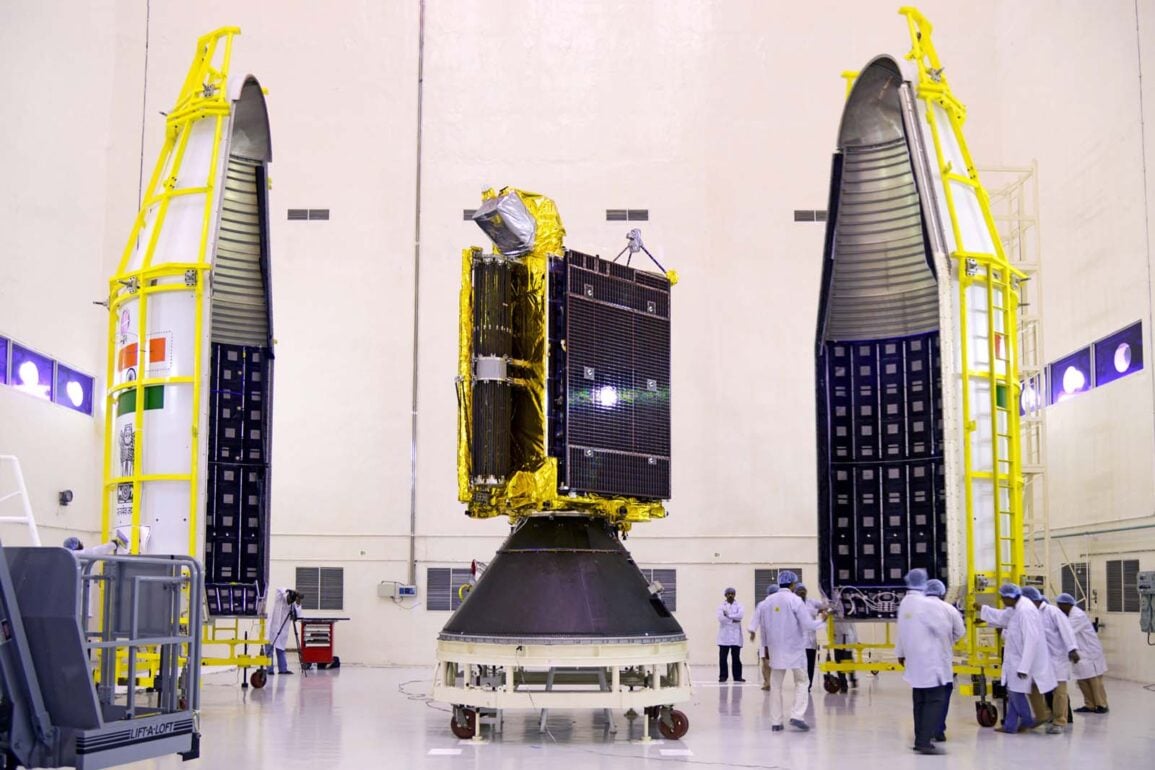- You can’t buy ISRO stock, but that doesn’t mean investors are locked out of India’s fast-growing space economy. Here’s how to invest...
India’s space agency, ISRO, has come a long way from launching satellites on borrowed rockets., to a serious player in global space science, commercial launches, and planetary missions.
The investment community pays closer attention with every successful mission, from Chandrayaan-3 to Aditya-L1.
ISRO is a government body so can’t trade it on any stock exchange. Still, if you’re looking to ride India’s space momentum, there’s a way in.
Step 1: Why the ISRO Story Matters for Investors
The global space race is heating up, and India is showing up with one of the most cost-efficient, reliable programs in the world.
ISRO has proven it can deliver on a modest budget. And with the Indian government opening doors to private-sector collaboration, a new space economy is emerging.
Behind the headlines are companies both public and private, building the engines, satellites, and systems that make these missions possible. That’s where smart investors are focusing.
Step 2: You Can’t Buy ISRO, But You Can Own the Builders
ISRO doesn’t work alone. Behind every launch and mission are listed companies quietly powering the agency’s progress.
Larsen & Toubro (L&T) is one of the private firms involved in India’s space program. Bharat Electronics Ltd (BEL) contributes mission-critical electronics and satellite communication systems. Hindustan Aeronautics Ltd (HAL) is involved in the Gaganyaan mission to build components for India’s first crewed spaceflight.
MTAR builds the precision hardware that goes into ISRO’s rockets. Paras, on the other hand, focuses on optics, sensors, and payloads that end up on space missions.
The companies are part of a growing industrial ecosystem built around India’s space ambitions.
Step 3: The Space Startup Scene Is Heating Up
A new generation of startups is beginning to make headlines, and they’re worth keeping on your radar.
Skyroot Aerospace, Agnikul Cosmos, and Pixxel are working on everything from mini launch vehicles to advanced satellite imaging. They’ve already secured venture backing and built early traction with ISRO and global clients.
These companies aren’t public yet, so there’s no direct way to invest for now. But with India’s space policy encouraging private participation, and capital continuing to flow into the sector, it wouldn’t be surprising to see one or more of these names hit the stock market over the next few years.
Step 4: Prefer a Simpler Approach? Let Funds Do the Work
Mutual funds and ETFs can also offer an easier route into this theme.
Many Indian funds that focus on innovation, infrastructure, or strategic sectors hold companies we listed above. While these funds aren’t branded as “space-tech,” they include firms at the heart of ISRO’s supply chain.
For international investors, some broader India-focused ETFs also include exposure to these names. Just make sure to check the fund’s holdings so you know what you’re really buying into. Labels can be misleading, what looks like a tech fund might be all software and no hardware.
Step 5: What You Need to Know Before Investing
The upside in India’s space-linked stocks is exciting, but don’t ignore the fine print.
Most of these companies still rely heavily on government contracts. If ISRO’s project pipeline slows, their revenue could take a hit. Also, space-tech isn’t a quick-profit game. R&D is expensive, and returns can take years to materialize.
Finally, valuations are something to watch. Some of these stocks are trading at steep premiums, priced for perfection. That doesn’t mean they aren’t worth owning, but it does mean you’ll want to time your entry wisely and avoid chasing hype.
Final Thoughts: Investing in the Space Age, the Indian Way
ISRO might not be a publicly traded company, but its success is driving real economic momentum across India’s aerospace and defense industries.
For investors willing to take the long view, backing the companies that help ISRO fly may be one of the smartest ways to tap into a once-in-a-generation growth story.
After all, while rockets might launch from Earth, wealth from space starts with smart choices down here.


